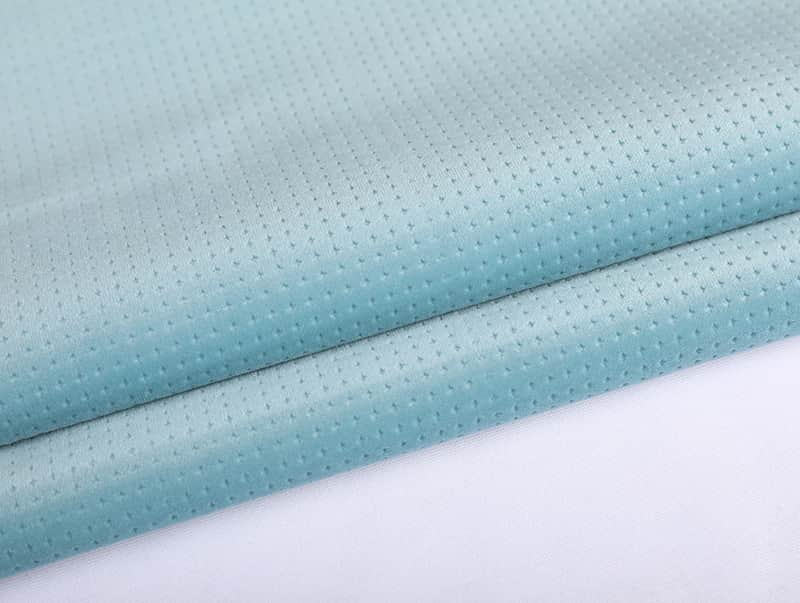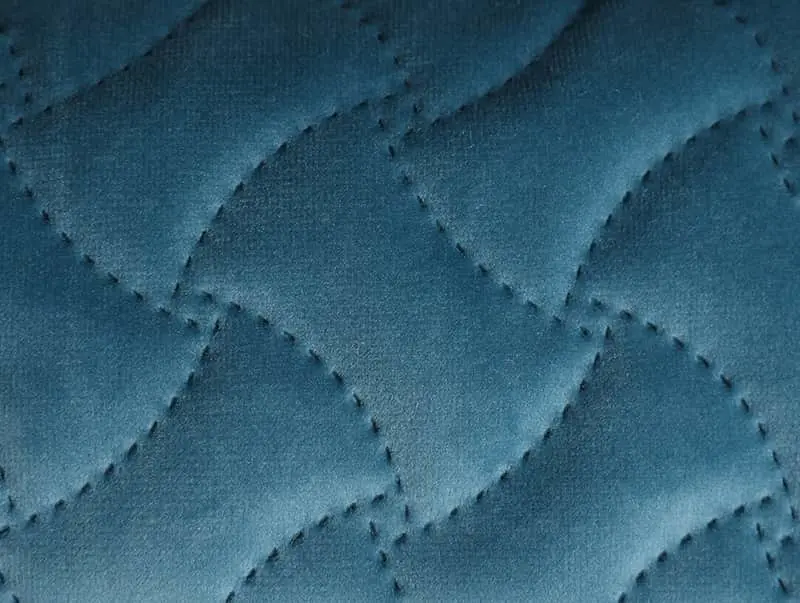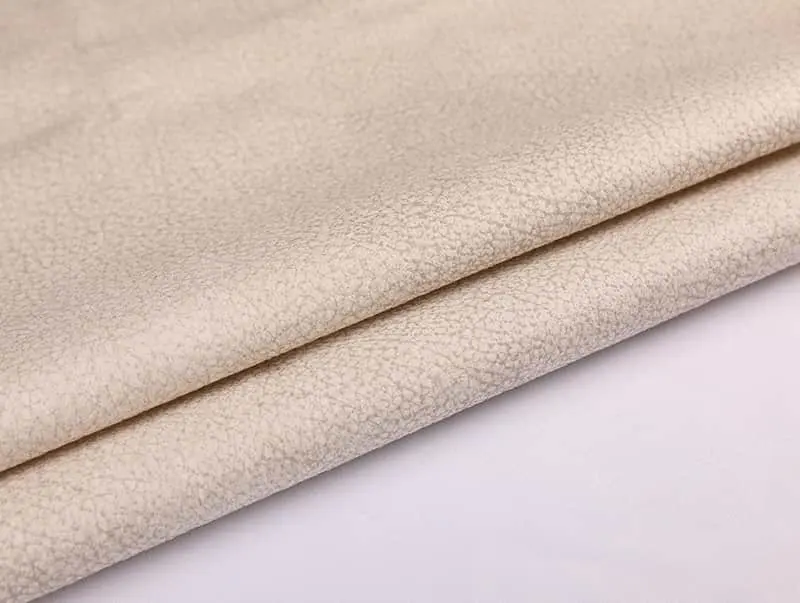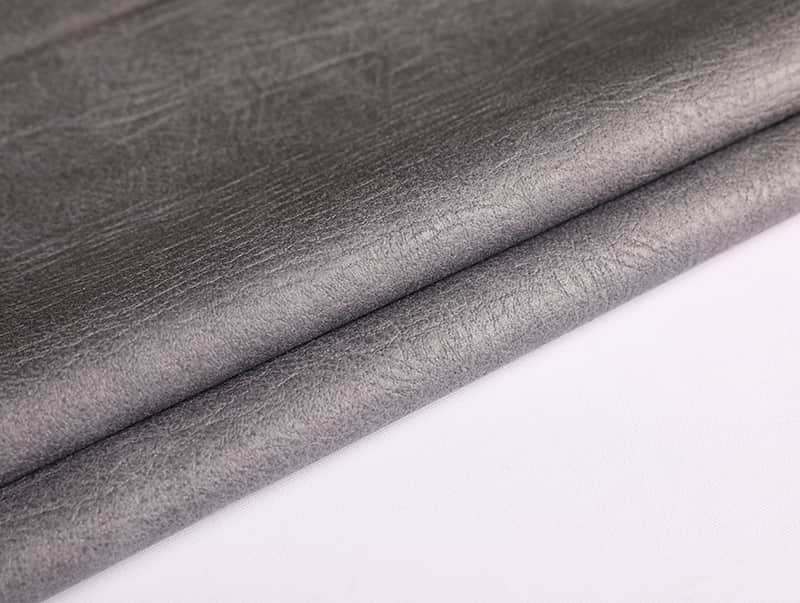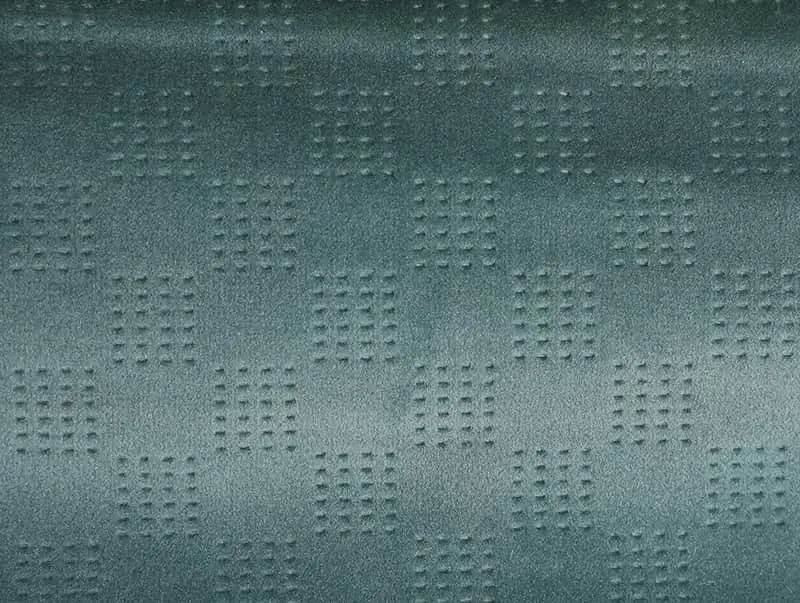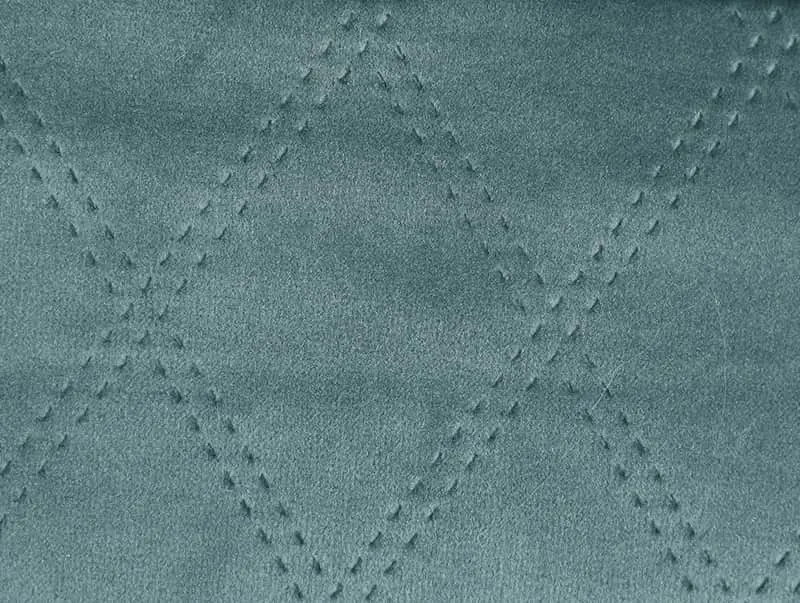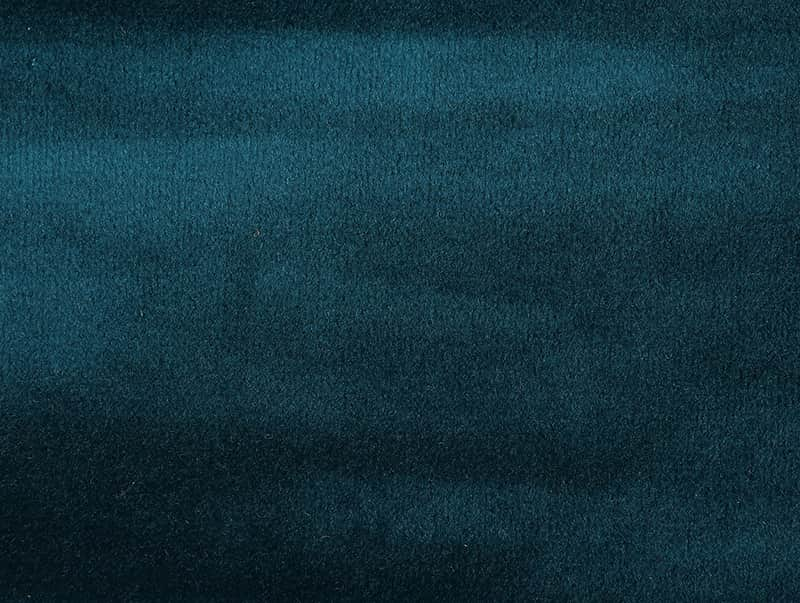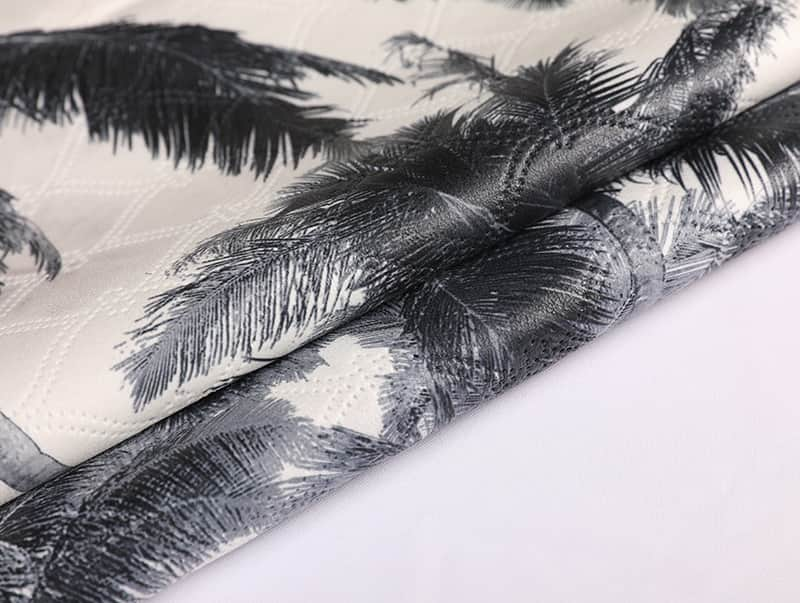Introduction to Velvet Upholstery Fabric
Velvet upholstery fabric is renowned for its luxurious texture, rich appearance, and soft touch. However, not all velvet is created equal. Different types of velvet vary in fiber composition, weave technique, pile height, and finish, which significantly affect durability, comfort, and suitability for various furniture applications.
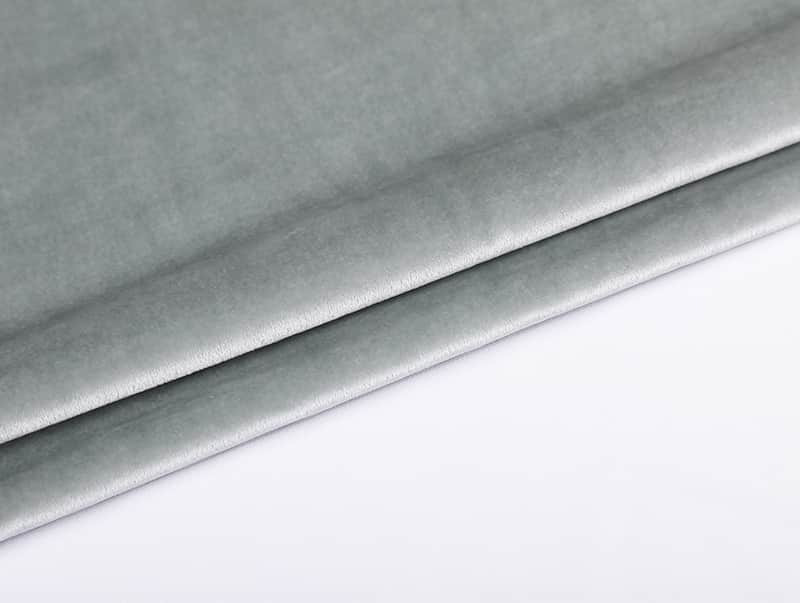
Types of Velvet by Fiber Composition
Natural Fiber Velvet
Natural fiber velvets, typically made from cotton, silk, or wool, are valued for their soft feel and elegant appearance. Cotton velvet is durable and comfortable, ideal for sofas and chairs used frequently. Silk velvet offers unparalleled luster and smoothness but requires delicate handling and is often reserved for decorative furniture. Wool velvet provides warmth and resilience, suitable for cooler climates or cozy interiors.
Synthetic Fiber Velvet
Synthetic velvets, commonly made from polyester, nylon, or viscose, are popular for their durability, stain resistance, and affordability. Polyester velvet maintains color vibrancy and withstands frequent use, making it suitable for high-traffic furniture. Viscose blends offer a soft sheen similar to silk but at lower cost, while nylon adds strength and resilience for commercial applications.
Velvet Types Based on Weave and Pile
Crushed Velvet
Crushed velvet is created by twisting the fabric while wet, resulting in an irregular, textured appearance with a unique shimmer. This type is visually striking and adds depth to furniture but may show wear more quickly than smoother velvets.
Plain Velvet
Plain velvet has a smooth, uniform pile, offering a classic look suitable for both traditional and contemporary interiors. Its even texture is easier to clean and maintain, making it a practical choice for everyday furniture.
Embossed and Patterned Velvet
Embossed or patterned velvet is processed to create raised designs or motifs. These velvets combine aesthetic appeal with tactile interest, often used for accent furniture or decorative cushions. Careful maintenance is required to preserve the patterns and prevent pile crushing.
Comparison Table of Velvet Types
| Type | Fiber Composition | Texture & Appearance | Best Use |
| Cotton Velvet | Natural | Soft, matte finish | Sofas, chairs, everyday furniture |
| Silk Velvet | Natural | Smooth, lustrous, luxurious | Decorative furniture, formal seating |
| Polyester Velvet | Synthetic | Durable, vibrant colors | High-traffic furniture, commercial use |
| Crushed Velvet | Natural or Synthetic | Textured, shiny, irregular | Accent furniture, decorative pieces |
| Embossed/Patterned Velvet | Natural or Synthetic | Raised patterns, tactile interest | Decorative cushions, feature chairs |
Tips for Choosing the Right Velvet Upholstery
- Consider the intended use: High-traffic furniture requires durable synthetic velvet, while decorative pieces can use luxurious silk velvet.
- Evaluate fiber composition for comfort, maintenance, and stain resistance.
- Choose pile type according to aesthetic preference and texture maintenance.
- Check the colorfastness and ability to resist crushing when selecting velvet for everyday use.
- Combine visual appeal with practical durability to match your interior design needs.
Conclusion
Understanding the different types of velvet upholstery fabric and their unique characteristics helps make informed choices for furniture design. Selecting the right combination of fiber, pile, and finish ensures long-lasting beauty, comfort, and practicality for any interior setting.
